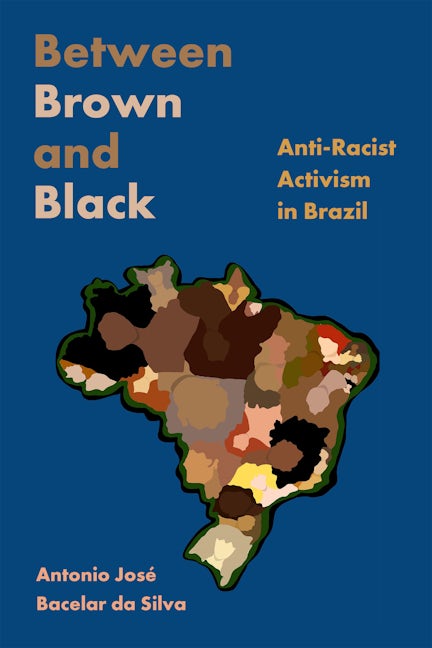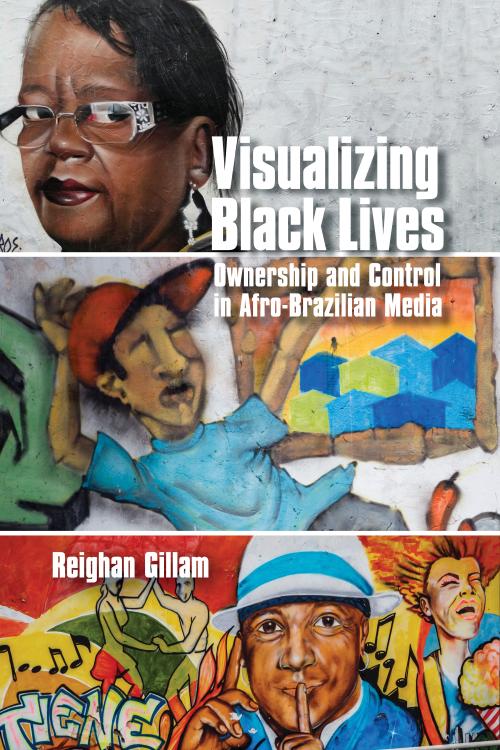Multiracial Heritage Week: June 7-14, 2022Posted in Articles, Census/Demographics, Media Archive, Politics/Public Policy, United States on 2022-06-09 19:13Z by Steven |
Multiracial Heritage Week: June 7-14, 2022
United States Census Bureau
2022-06-07
Release Number CB22-SFS.85
From the Congressional Record, 117th Congress, HON. JIM COSTA OF CALIFORNIA, June 7, 2021. HONORING MULTIRACIAL HERITAGE WEEK, “Multiracial Heritage Week is an opportunity to celebrate the contributions and achievements of the multiracial community. Multiracial individuals are not only parts of other populations, but they are also a growing population in and of itself.”
From Census.gov > Topics > Population > Race > About Race
The data on race were derived from answers to the question on race that was asked of individuals in the United States. The Census Bureau collects racial data in accordance with guidelines provided by the U.S. Office of Management and Budget (OMB), and these data are based on self-identification.
The racial categories included in the census questionnaire generally reflect a social definition of race recognized in this country and not an attempt to define race biologically, anthropologically, or genetically. In addition, it is recognized that the categories of the race item include racial and national origin or sociocultural groups. People may choose to report more than one race to indicate their racial mixture, such as “American Indian” and “White.” People who identify their origin as Hispanic, Latino, or Spanish may be of any race.
OMB requires five minimum categories: White, Black or African American, American Indian or Alaska Native, Asian, and Native Hawaiian or Other Pacific Islander…
Read the entire release here.









